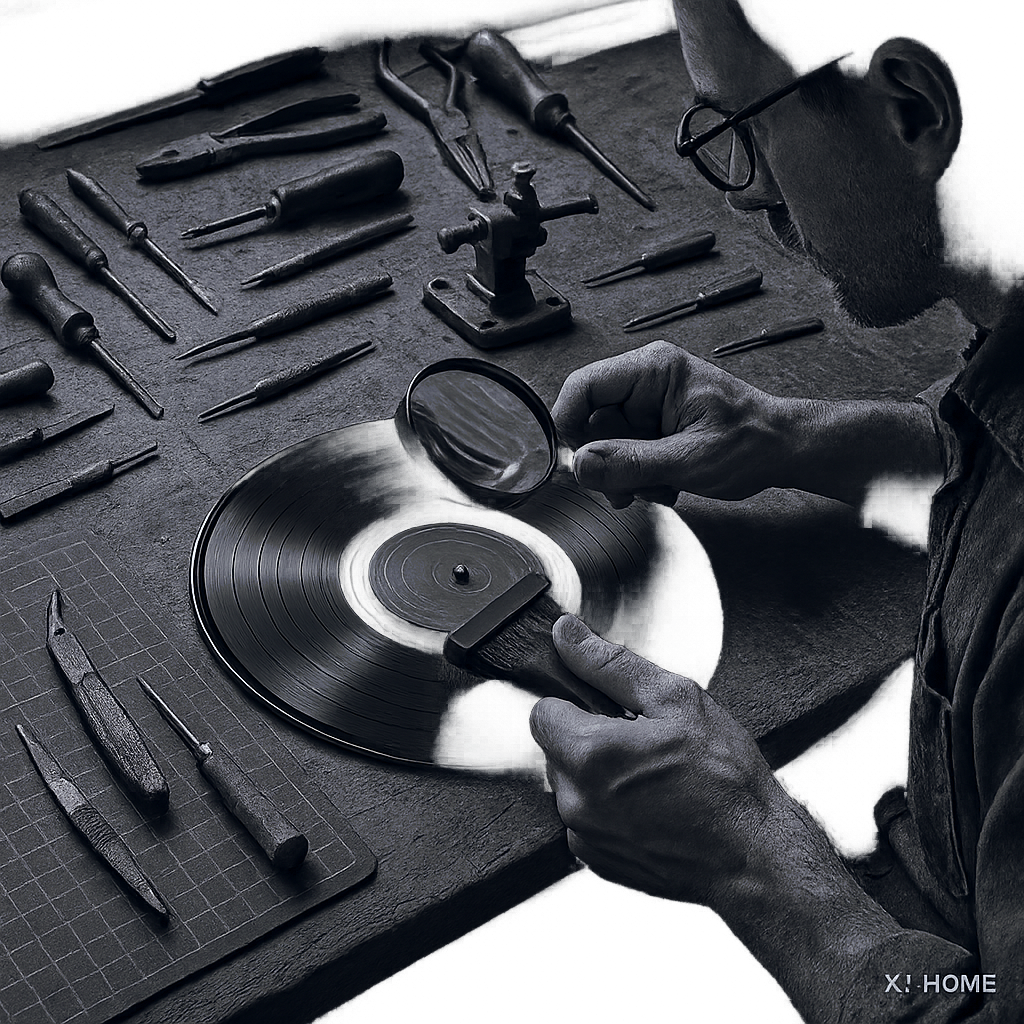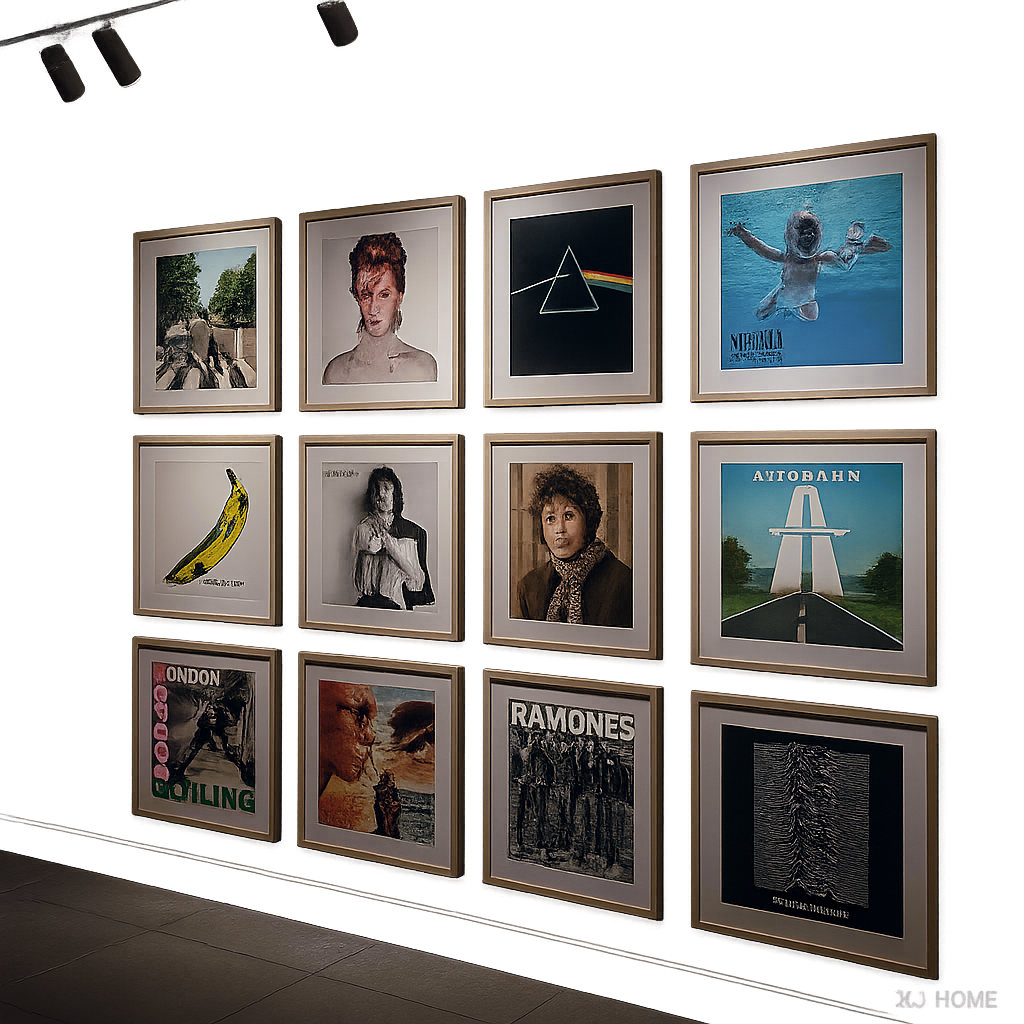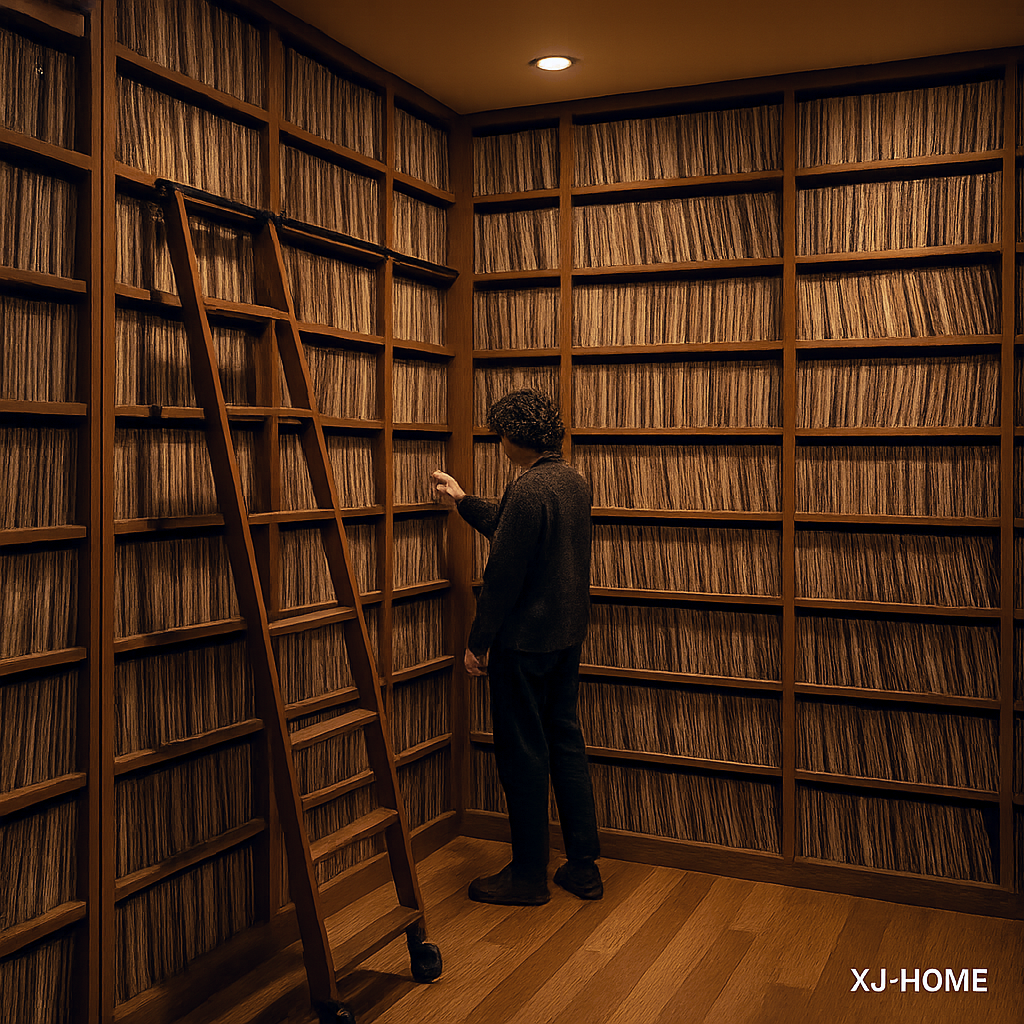The siren song of the all-in-one solution is powerful in the world of audio. We're busy, space can be a premium, and the idea of plugging a turntable directly into any amplifier or powered speakers is undeniably attractive. This is the promise of the record player with a built-in phono preamplifier. But for those of us who've spent any time chasing the dragon of high fidelity, a healthy skepticism often accompanies such convenience. Historically, "built-in" often meant "compromise."
Is that still universally true? Or can we find genuine audio quality in these integrated designs? Let's be iconoclastic for a moment: the blanket dismissal of built-in preamps is an outdated stance. The critical factor isn't whether the preamp is built-in, but how well it's implemented. At XJ-HOME, while we often champion the nuanced control and upgrade paths offered by separate components, we also recognize that thoughtful engineering can deliver remarkable results in integrated packages. It's about the execution, not just the category.
Deconstructing "Best": What Are We Really Listening For?
Before we even think about specific models, we need to define what "best" means in this context. It's not just about a recognizable brand name or a sleek design. It’s about the integrity of the audio signal.
A phono preamplifier has two fundamental jobs:
-
Apply RIAA Equalization: Vinyl records are cut with reduced bass and boosted treble to save space and improve tracking. The preamp must precisely reverse this curve. You can read more about the intricacies of the RIAA equalization curve to understand its importance.
-
Boost the Signal: The output from a phono cartridge is tiny (millivolts). The preamp boosts it to a line-level signal that your main amplifier can work with.
When this preamp is squeezed into the turntable chassis, several challenges arise. Here’s what separates the contenders from the pretenders:
-
Signal-to-Noise Ratio (SNR): This is paramount. The preamp circuitry must be quiet. Motors, power supplies, and other electronics within the turntable are all potential sources of noise (hum, buzz). A high SNR means you hear more music and less electronic hash. Poor SNR is often the Achilles' heel of lesser built-in designs.
-
RIAA Accuracy: How faithfully does the built-in preamp adhere to the RIAA curve? Deviations can lead to an unbalanced sound – too boomy, too thin, or harsh in the treble.
-
Component Quality: The op-amps, capacitors, and resistors used in the preamp circuit matter. Higher quality components generally lead to lower distortion, better detail retrieval, and a more natural sound. This is often where costs are cut in budget offerings.
-
Isolation & Shielding: This is where the engineering rubber meets the road. How well is the delicate preamp circuitry shielded from the turntable's motor and its power supply? Effective shielding is crucial to prevent noise induction.
-
The All-Important Bypass Option: This is a non-negotiable feature for any built-in preamp turntable aspiring to "best." Does it offer a true phono-level output, allowing you to bypass the internal preamp entirely? This provides an upgrade path. If the internal preamp is the weakest link, or if your tastes evolve, you want the option to add a superior external phono stage later without having to replace the entire turntable. This foresight aligns with the XJ-HOME philosophy of empowering your audio journey at every step.
Navigating the Landscape: Examples of Thoughtful Integration
Rather than a definitive "top 5" list which can quickly become outdated or miss the point, let's consider categories and what they represent in terms of design philosophy.
-
The "Serious Starter" Decks: Brands like Audio-Technica (e.g., AT-LP120XUSB, AT-LPW40WN) and Fluance (e.g., RT81+) often provide a solid entry point. Their built-in preamps are generally competent for their price. They understand that their target audience values convenience but is also developing an ear for quality. The key here is value – they often deliver a surprisingly good performance, making vinyl accessible without egregious sonic compromises. The bypass switch is usually present, which is a huge plus.
-
Mid-Tier Contenders – Upping the Ante: As you move up in price (e.g., some models from Rega, Pro-Ject, or U-Turn Audio with preamp options), you often find more sophisticated preamp designs. These may feature better quality components and more attention paid to circuit layout and isolation. The sonic improvements are typically noticeable in terms of clarity, dynamic range, and a lower noise floor. The built-in preamps in this range start to compete more seriously with budget external units.
-
The "Lifestyle" High-Performers: Some manufacturers focus on aesthetics and ease of use without entirely sacrificing sound quality. Think of brands that might offer a complete system. While audiophile purists might scoff, some of these integrated solutions are surprisingly capable. The critical eye here is on whether the convenience has led to too many sonic compromises. Again, a bypass option is your friend.
A Word on the Turntable Itself: Remember, the best built-in preamp is wasted if the turntable mechanics are poor. A stable platter, a quality tonearm, and a decent cartridge are foundational. The preamp can only amplify and equalize the signal it's given.
The "Gotchas": When Built-In Bites Back
Despite the progress, pitfalls remain:
-
The Upgrade Ceiling: If a turntable has a mediocre built-in preamp and no bypass switch, you've hit an upgrade dead-end. Your entire system's potential is capped by that preamp.
-
Noise, Noise, Noise: In poorly designed units, the proximity of the preamp to the motor or power supply will inevitably introduce hum or other electronic noise. This is where an external preamp, physically separated from these noise sources, inherently has an advantage.
-
Compromised Turntable Design: Sometimes, the cost and complexity of integrating a preamp (even a basic one) might lead to compromises in other areas of the turntable's design, like the tonearm bearings, platter material, or isolation feet, to hit a target price point.
This is where the XJ-HOME ethos of carefully selected components shines. An external phono stage, chosen for its synergy with your cartridge and amplifier, often provides superior isolation and a dedicated design focused solely on optimal preamplification. Explore our resources at https://xenonjade.com to delve deeper into system building and component matching.
Maximizing What You've Got
If you opt for a turntable with a built-in preamp, or already own one, here are a few tips:
-
Strategic Placement: Keep the turntable as far as practically possible from other electronic devices that can radiate interference (Wi-Fi routers, large power transformers in other gear).
-
Quality Interconnects: Don't skimp on the cables connecting the turntable to your amplifier or powered speakers. Decent cables can make a difference in preserving signal integrity.
-
Grounding: If you hear a hum, ensure the turntable is properly grounded to your amplifier, if a separate grounding wire is provided and your amp has a phono ground terminal. Sometimes this is handled through the RCA cable shielding, but not always.
-
Cartridge is King (or Queen): The phono cartridge is the first point of contact with the record groove. Upgrading your cartridge can often yield a more significant sonic improvement than you might expect, even with a modest built-in preamp. The preamp can only work with the signal it receives. For more on cartridge selection and setup, the resources at The Vinyl Factory can be quite insightful.
Conclusion: Convenience and Quality Can Coexist
The landscape of built-in preamp record players has matured. It is possible to find units that offer genuine hi-fi performance alongside the convenience of an integrated solution. The key is to approach your selection with an informed perspective, understanding the technical challenges and the hallmarks of good design.
Don't just be swayed by a feature list. Ask the critical questions: How quiet is it likely to be? Is the RIAA equalization implemented with care? And crucially, does it offer a bypass for future growth?
Ultimately, whether you choose an integrated or separates path, the goal is the same: a deeper connection to the music. At XJ-HOME, we're passionate about helping you achieve that, providing insights and fostering a community that values authentic sound. The journey into vinyl is a rewarding one, and the right gear, thoughtfully chosen, makes all the difference.





Leave a comment
All comments are moderated before being published.
This site is protected by hCaptcha and the hCaptcha Privacy Policy and Terms of Service apply.